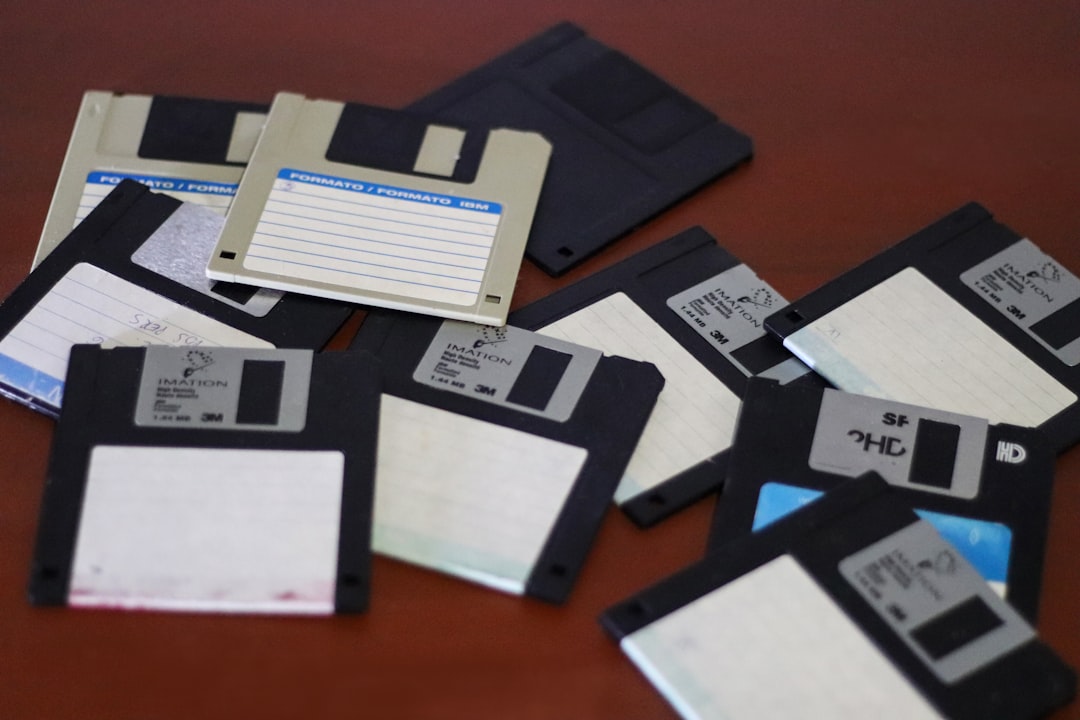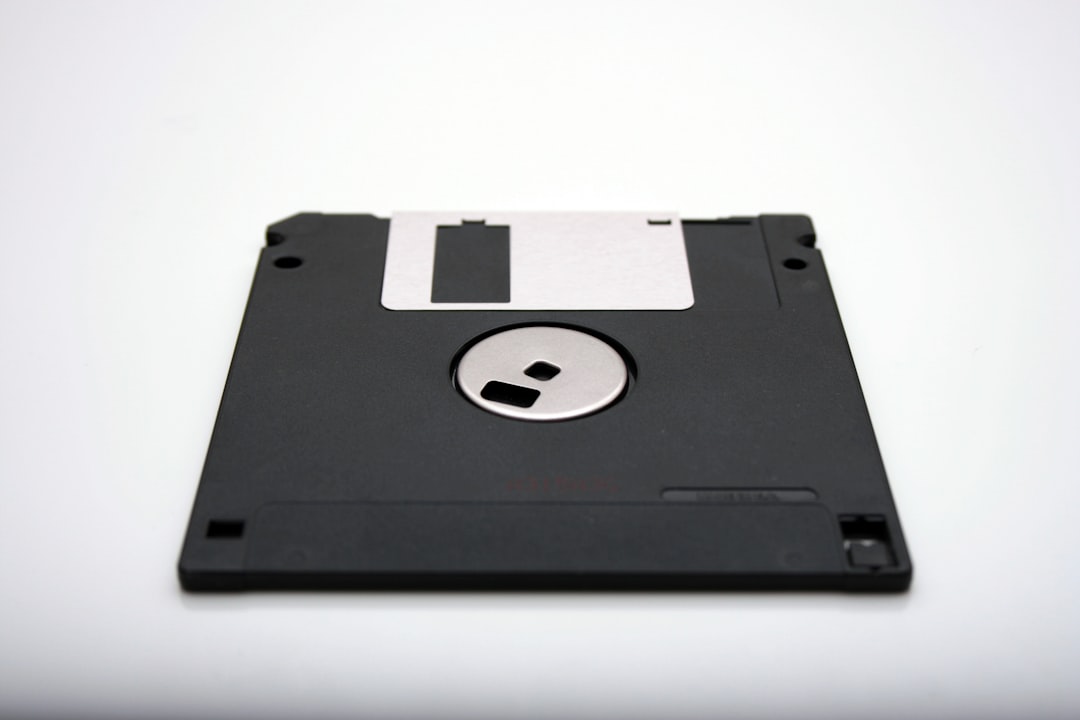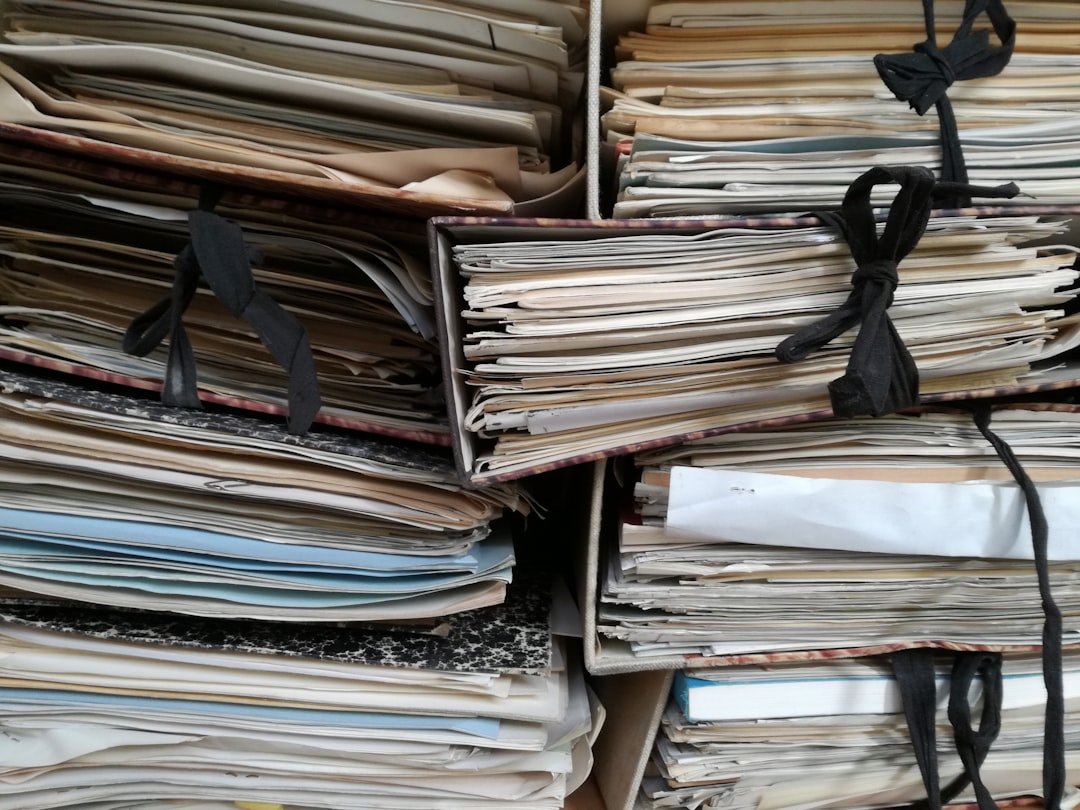Safely Remove Temporary Files With PowerShell Remove-Item
Windows systems often accumulate numerous temporary files over time. These files can include cached data, logs, install leftovers, and other items that are no longer needed. If left unchecked, temporary files can consume valuable disk space and even affect system performance. For system administrators and power users, PowerShell offers a powerful and flexible way to safely remove these temporary files using the Remove-Item cmdlet.
Why Use PowerShell to Remove Temporary Files?
PowerShell is a task automation and configuration management framework from Microsoft. It combines a command-line shell with a scripting language that is built on the .NET framework. One of the primary advantages of using PowerShell for file cleanup tasks is the degree of control it offers. With a few lines of code, users can target specific file types, directories, and set conditional logic to safely perform cleanup operations.

The Remove-Item cmdlet is particularly useful for deleting files and directories. It can be used in scripts that run during scheduled tasks or as part of system maintenance routines. Here is a simple example:
Remove-Item -Path "C:\Users\Username\AppData\Local\Temp\*" -Recurse -ForceThis one-liner deletes all files and folders under the specified temporary directory. The -Recurse parameter ensures that all subdirectories are processed, and -Force is used to override restrictions on read-only files.
Best Practices for Removing Temporary Files Safely
While Remove-Item is a powerful cmdlet, it must be used with caution. Here are a few best practices to consider:
- Verify your path: Always double-check the path before executing the command. A misplaced wildcard or typo could lead to unintended deletions.
- Use the -WhatIf flag: This is a safety feature that shows what would happen if the command runs, without actually deleting anything.
- Create backups if necessary: If you’re unsure whether files are still needed, consider backing them up before deletion.
- Automate with care: Scripts that automatically delete files should be tested thoroughly to prevent unintended file loss.
Remove-Item -Path "C:\Temp\*" -Recurse -Force -WhatIfThis command can help identify the scope of deletions and prevent mistakes.
Using Filters to Target Specific Files
PowerShell allows the use of filters and conditions to streamline deletions. For example, to delete only temporary files older than 30 days:
Get-ChildItem "C:\Temp" -Recurse |
Where-Object { $_.LastWriteTime -lt (Get-Date).AddDays(-30) } |
Remove-Item -ForceBy using Get-ChildItem in combination with Where-Object, this one-liner identifies and removes old files while leaving recent ones untouched.

Adding Logging to Cleanup Scripts
When running cleanup tasks, especially in production or server environments, it’s a good idea to include logging. This helps track what was deleted and when. Here’s an example of how to log deleted files:
$logFile = "C:\Logs\temp_cleanup_log.txt"
Get-ChildItem "C:\Temp" -Recurse |
Where-Object { $_.LastWriteTime -lt (Get-Date).AddDays(-30) } |
ForEach-Object {
"$($_.FullName) deleted at $(Get-Date)" | Out-File -FilePath $logFile -Append
Remove-Item $_.FullName -Force
}This approach not only removes old temporary files but also records each deletion, giving administrators a clear audit trail.
FAQ
- Q: Can I recover files deleted with Remove-Item?
A: Once files are deleted using Remove-Item, they are permanently removed and do not go to the Recycle Bin. Always use caution. - Q: What is the difference between -Force and -Recurse?
A: -Force allows deletion of hidden or read-only files. -Recurse ensures that all subdirectories and their contents are included in the deletion. - Q: Can I schedule PowerShell scripts to run cleanup automatically?
A: Yes. You can use Windows Task Scheduler to run PowerShell scripts at set intervals, such as daily or weekly. - Q: Is it safe to delete everything in the Temporary folder?
A: In most cases, it is safe. However, it’s best to close all applications before running the cleanup, as some temporary files may be in use. - Q: How do I test my Remove-Item command before running it?
A: Use the -WhatIf parameter to simulate the command and see what files would be deleted without actually removing them.
Using PowerShell’s Remove-Item cmdlet is a smart and efficient way to manage temporary files. With proper safeguards in place, users can maintain cleaner systems and reclaim disk space with confidence.



